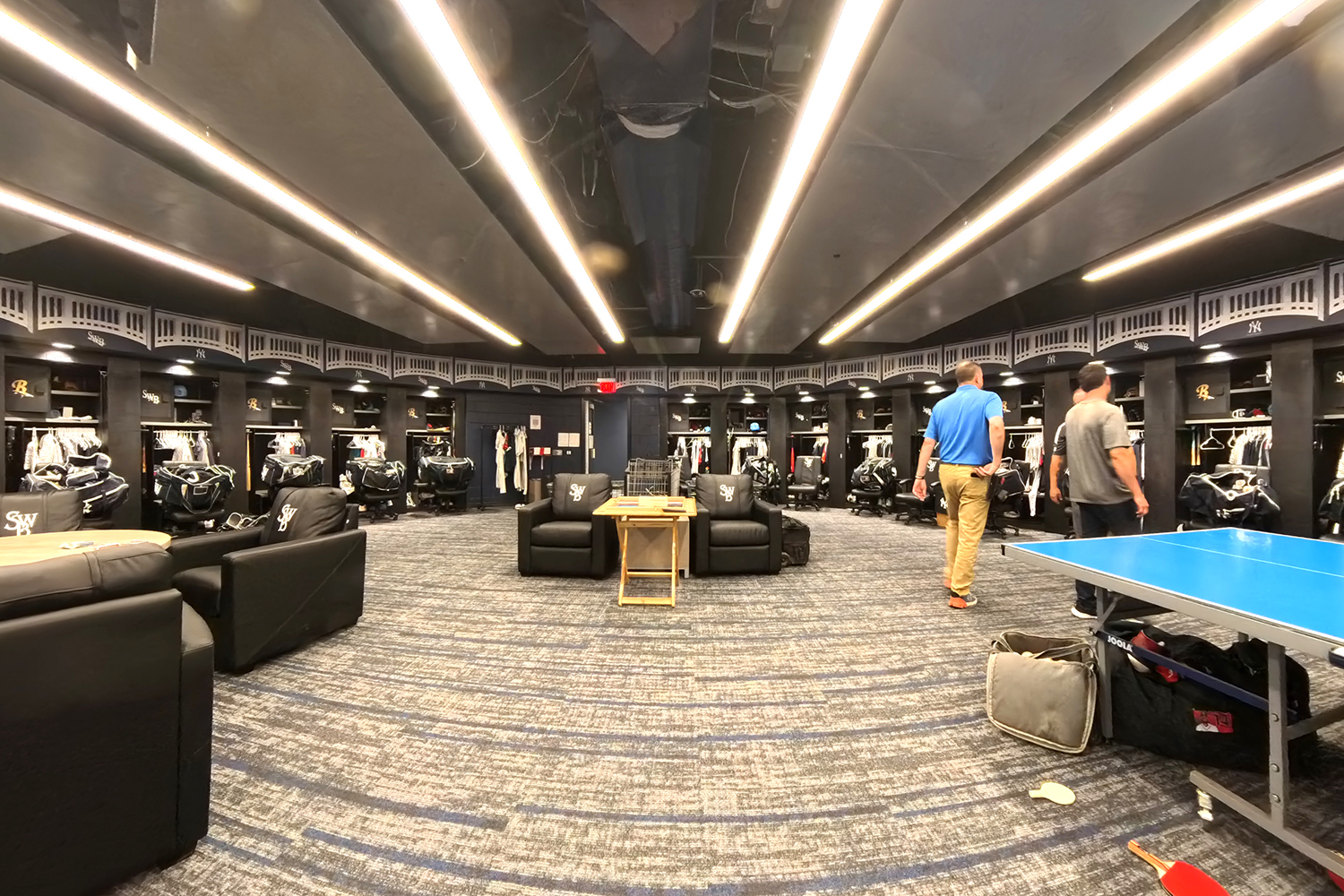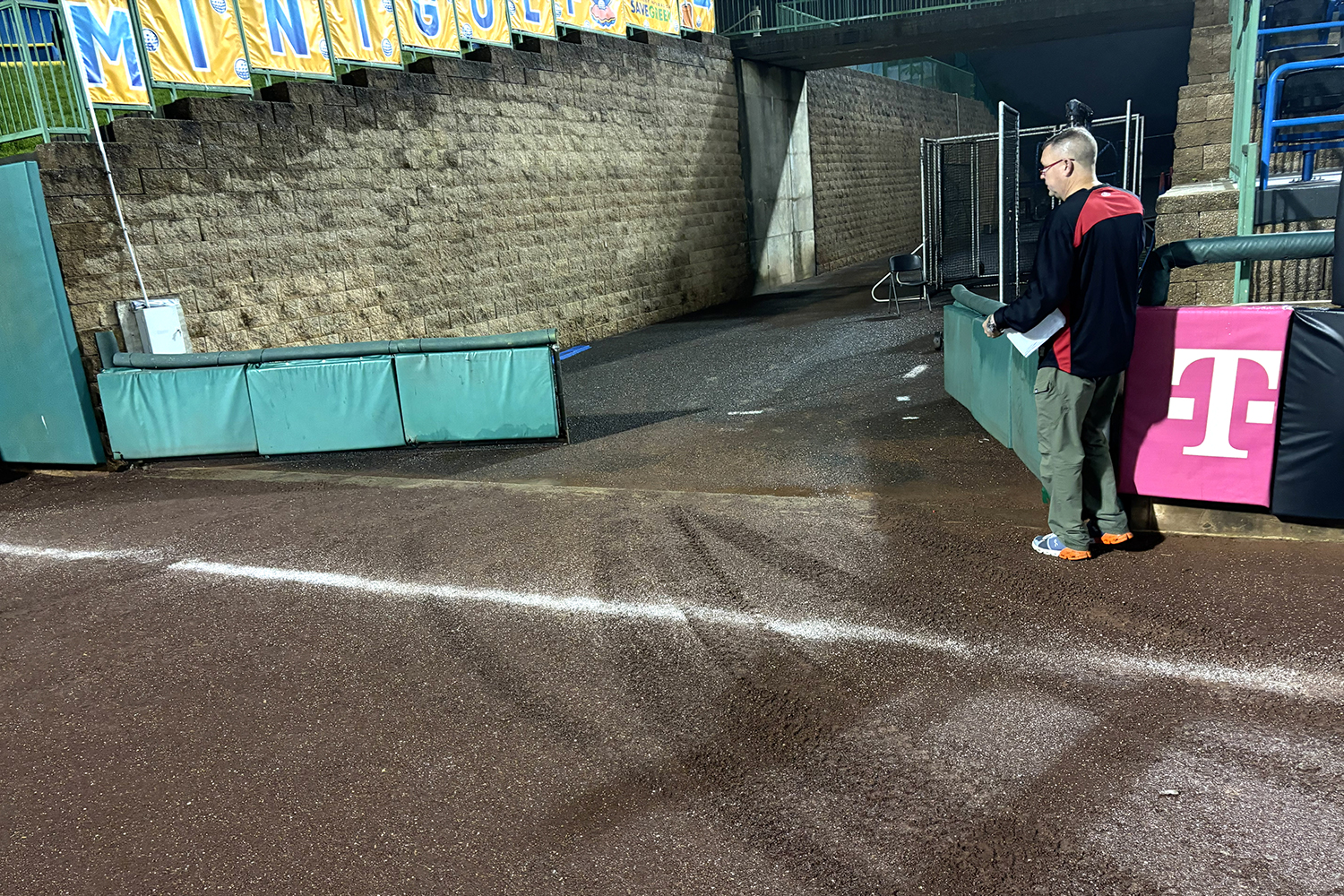Every few years, Major League Baseball (MLB) and Minor League Baseball (MiLB) facilities undergo a Professional Development League (PDL) audit, a detailed evaluation designed to ensure stadiums meet MLB’s rigorous standards for quality, safety, and player development. The audit process began in 2020 when MLB assumed oversight of Minor League Baseball and sought to better understand the condition of all 120 affiliated facilities. From that initial round of audits, a point-based system was created to encourage consistent investment and improvement across the league, ensuring that every club maintains a high standard of safety, training, nutrition, and overall player welfare.
JPR was brought in by MLB to assist with this nationwide effort, thanks to the firm’s deep experience in sports facility design, renovation, and operations. Over years of working on baseball projects, JPR developed a strong relationship with MLB and earned recognition for its technical expertise and understanding of how stadiums function day to day. Today, JPR plays an important role in ensuring that both Major and Minor League ballparks continue to meet evolving professional standards.
Each PDL audit evaluates three major areas of a facility.
1. Player Areas: Including locker rooms, training and weight rooms, commissaries, and coaches’ spaces
2. Playing Field: Where elements like slope, wall padding, safety features, and field dimensions are measured
3. Lighting System: Ensuring consistent visibility and performance for players and fans
On the Major League side, JPR’s work focuses primarily on lighting, while Minor League audits encompass all three categories.

The audits operate on a three-year rotation, meaning no stadium goes longer than three years without review. Occasionally, special circumstances or renovations prompt an additional visit. Each audit cycle begins during the off-season, when JPR coordinates with MLB to determine which facilities will be assessed and to schedule visits around team travel and event calendars. Once on site, the process typically takes two days: the first afternoon and evening are dedicated to evaluating clubhouse and lighting conditions, followed by field assessments the next morning. Reports are analyzed, drafted, and typically delivered to MLB within a week.
To date, JPR has audited more than 30 stadiums across the country — including 12 Major League and approximately 20 Minor League ballparks— and no two experiences are alike. Each facility offers something unique, from the design and fan experience to its operational setup and location. Some ballparks stand out for their setting, such as Salt Lake City’s stunning view of the Wasatch Mountains, while others are memorable for their energy and atmosphere.

Of course, not every trip is without challenges; the JPR team has faced everything from scorching temperatures in Texas and Nevada to long travel days and tight schedules.
Dave Rafinski, PDL Auditor and JPR Principal, reflected that while many moments seem funny in hindsight, they didn’t feel that way at the time — most of them centered around travel experiences. “Having to take that many flights, rent that many cars, be on trains, taxis, Ubers — it sometimes feels like you’re living in the movie Planes, Trains, and Automobiles,” he said. “We’ve had about every kind of travel mishap occur to us over the course of the time that we’ve been doing this, but we’ve been able to survive them all.”
While every stadium presents unique characteristics, many face similar technical challenges — such as correcting mound slopes, balancing lighting ratios, improving wall padding, and managing overall field grading. Beyond these on-field issues, another common obstacle is securing the funding needed for larger facility upgrades, especially since many Minor League ballparks are municipally owned and rely on local government support for renovations. Even so, the trend across the league is positive: both teams and municipalities are investing more heavily in their facilities, not only to meet PDL standards but also to enhance the fan experience and overall quality of the ballpark.
JPR’s unique qualifications come from its combination of surveying, architectural, and lighting expertise, paired with extensive experience designing more than 15 baseball stadiums and numerous other athletic venues. This hands-on experience not only enhances the accuracy of each audit but also informs JPR’s broader work in sports facility design and site development.
“These audits allow us to see a lot of different stadiums: the way they’re built, the way they’re operated, and the way fans interact with them. It allows us to look at things that work really well — and some things that don’t — and generate a better design for our clients.” - Dave Rafinski, Auditor & JPR Principal
The audits help JPR stay current with design trends, innovations, and the evolving needs of professional sports organizations, strengthening the firm’s expertise in athletic facility planning at every level.

Beyond the technical aspects, there’s a shared appreciation for the people and experiences that come with the job. “We’ve had the opportunity to work with and meet a lot of different people with different backgrounds and experiences,” Dave said. “But everybody has the same thing at the core — a love for the game of baseball.”
“I have a greater appreciation for the work that goes into running a baseball team, along with an understanding of how important it is to have the right design that makes the stadium function on game days.”
- Cam Rafinski, PDL Auditor and JPR’s Business Development Specialist
As the audits continue, JPR expects to see ongoing investment in player well-being and inclusivity. According to Dave, the level of thought and care that goes into player health and safety is beyond what most people would ever imagine. “To be at a point now where even at the lowest tiers of Minor League Baseball, nutritionists and trainers are structuring meals to ensure player development is at its highest possible standard — that’s something we never would have seen years ago.”
What remains constant is MLB’s commitment to providing safe, high-quality environments that support long-term player success. Through its ongoing partnership with MLB, JPR plays a key role in maintaining that commitment — keeping America’s ballparks safe, modern, and built for the future of the game.